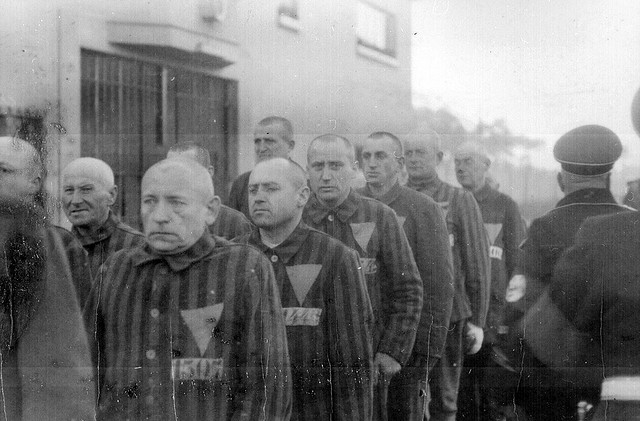Archaeologists Unearth Nazi Gas Chambers At Former Concentration Camp

READ MORE: Nikias and Spielberg Announce Genocide Research Center
Beneath an asphalt road, archaeologists unearthed the exoskeleton of four gas chambers: well-preserved, brick rows stacked four feet deep and believed to be walls.
Thousands of personal items owned by prisoners were discovered along with a water well that the Germans had plugged. Items included gold earrings, wedding rings, a Star of David and a coin dated 1927 from Palestine.
These discoveries come after eight years of archaeological digs at the site. Until now, all that remained of the camp was the commander's house and a railroad track.
"The discovery of the gas chambers at Sobibór is a very important finding in Holocaust research. It is important to understand that there were no survivors among the Jews who worked in the area of the gas chambers," Dr. David Silberklang, senior historian at the International Institute for Holocaust Research, said in a statement. "Therefore, these findings are all that is left of those murdered there, and they open a window onto the day to day suffering of these people."
Established in March 1932, Sobibór was the second Nazi killing center created to carry out Operation Reinhard, the German plan to exterminate two million Jews in the General Government section of Poland. Prisoners were deported from German occupied Soviet territories and the ghettos of the Lublin District in occupied Poland. After a visit from Reich SS leader Heinrich Himmler in February 1943, the camp was converted into a concentration camp in July.
On Oct. 14, 1943 an uprising organized by Alexander Pechersky, a Jewish-Soviet prisoner of war, left several guards dead as 600 prisoners attempted escape. About 300 prisoners successfully escaped. The revolt ultimately led to the camp's closing. After the uprising, the Nazis tried to conceal the camp's existence.
In addition to interviews from survivors who escaped during the uprising, these recent findings are helping researchers uncover what really went on at Sobibór.
Reach Web Producer Helen Carefoot here and follow her on Twitter here.



